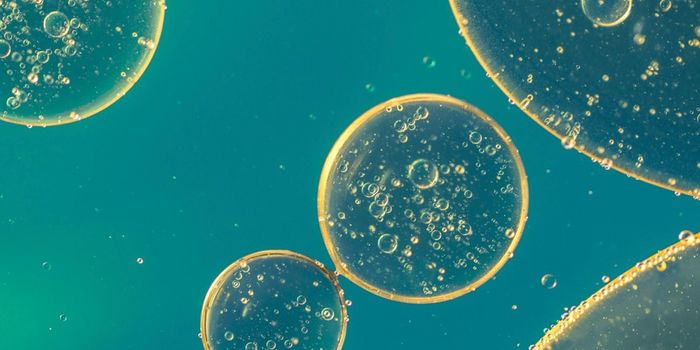New Molecular Injection Systems Like Spear Guns Found on Bacteria
There are many spectacular little machines in nature, like the injection systems found on some bacterial cells. Some microbes use their molecular tools like weapons, to inject other cells with deadly materials. Two new types of injectors called contractile injection systems (CISs) have now been described in two Nature Microbiology reports. One of the systems is used by a type of algae called cyanobacteria, and another was found in a marine microbe called Algoriphagus machipongonensis.
In these CISs, an outer module acts like a sheath that surrounds an internal tube, which can be filled with proteins and ejected into the surrounding environment, or into another cell. In the cyanobacteria, the CIS identified by the researchers was not bound to the cell membrane like other typical CISs. Instead, it was either floating freely, or stuck in a thylakoid membrane where photosynthesis also occurs in these cells. When anchored to such a membrane, the system was referred to as tCIS.
"That was the biggest surprise for us," said Dr. Gregor Weiss, lead author of one of the studies.
Though the tCISs were anchored in the thylakoid membrane, they were still active. When cyanobacterial cells were stressed, whether from high salt levels or ultraviolet light, for example, their outer cell layers were detaching, exposing those tCISs, which could then target other cells.
In the marine bacterium Algoriphagus machipongonensis, researchers found a CIS that was being released by a cell into its environment so it could migrate and target other cells nearby. The structure of the ejected CIS (eCIS) was revealed in high resolution with cryo-electron microscopy techniques.
The studies highlight the importance of multiple techniques, and using environmental samples to reveal more about how injection systems are involved in the life cycle, noted the investigators. Organisms that use CISs may have a significant impact on their environment, and they can be specialized in many ways for myriad applications. It may one day be possible to harness the power of a CIS to create targeting systems that can deliver drugs or attack pathogens.
Sources: ETH Zurich, GL Weiss et al Nature Microbiology, J Xu et al Nature Microbiology









